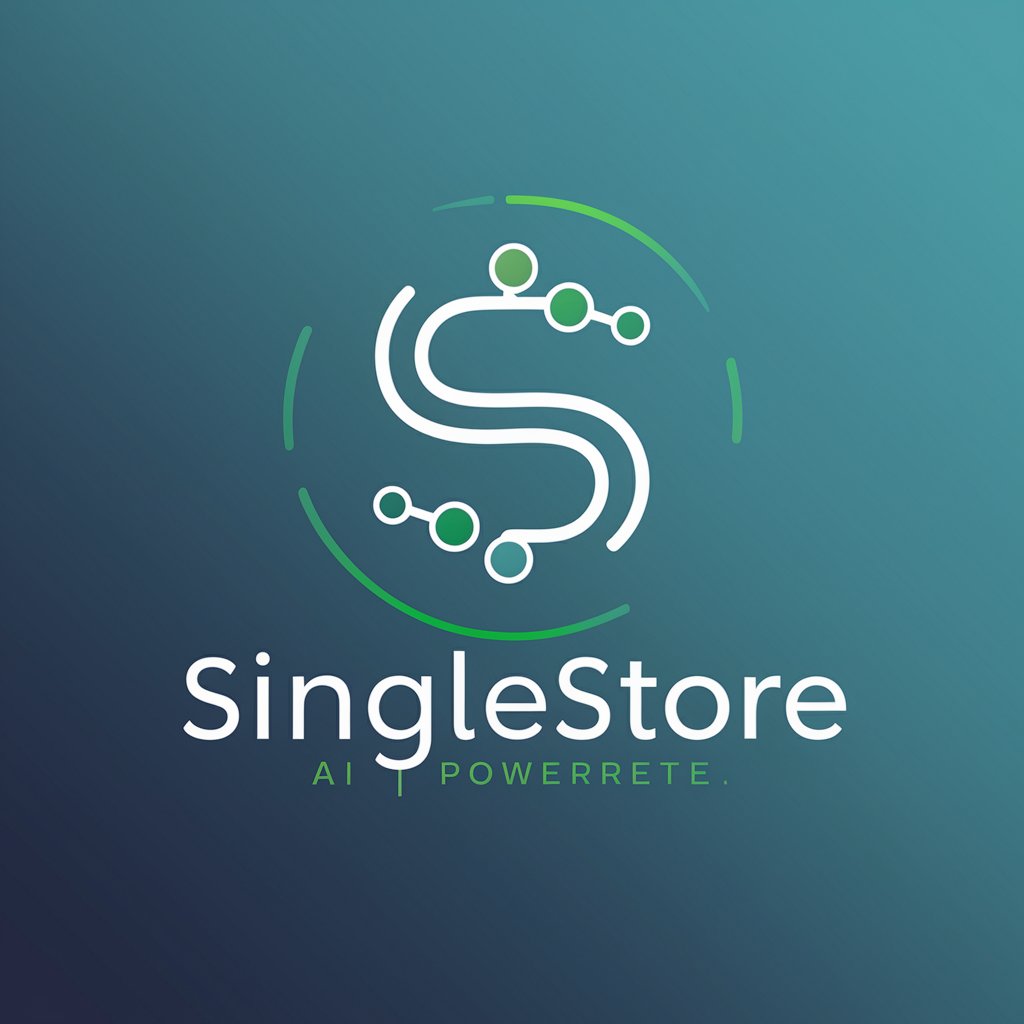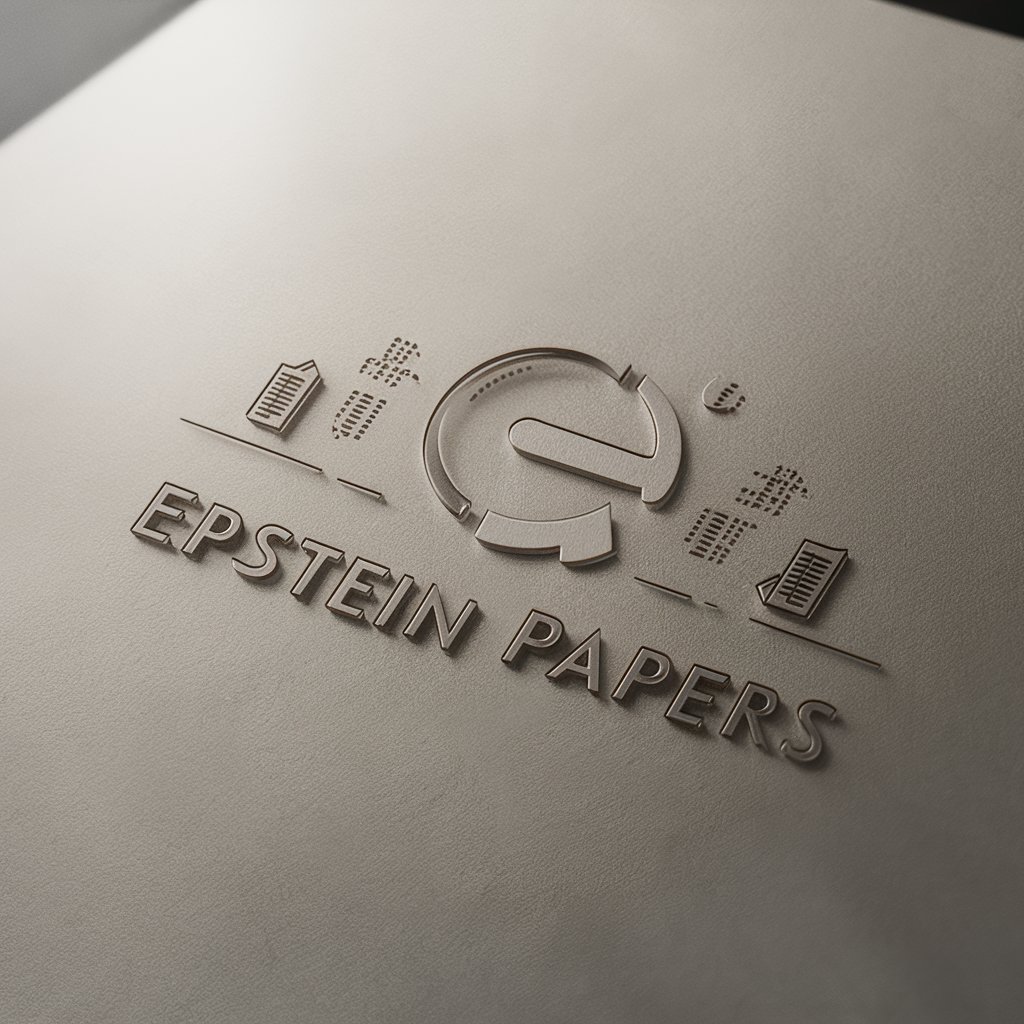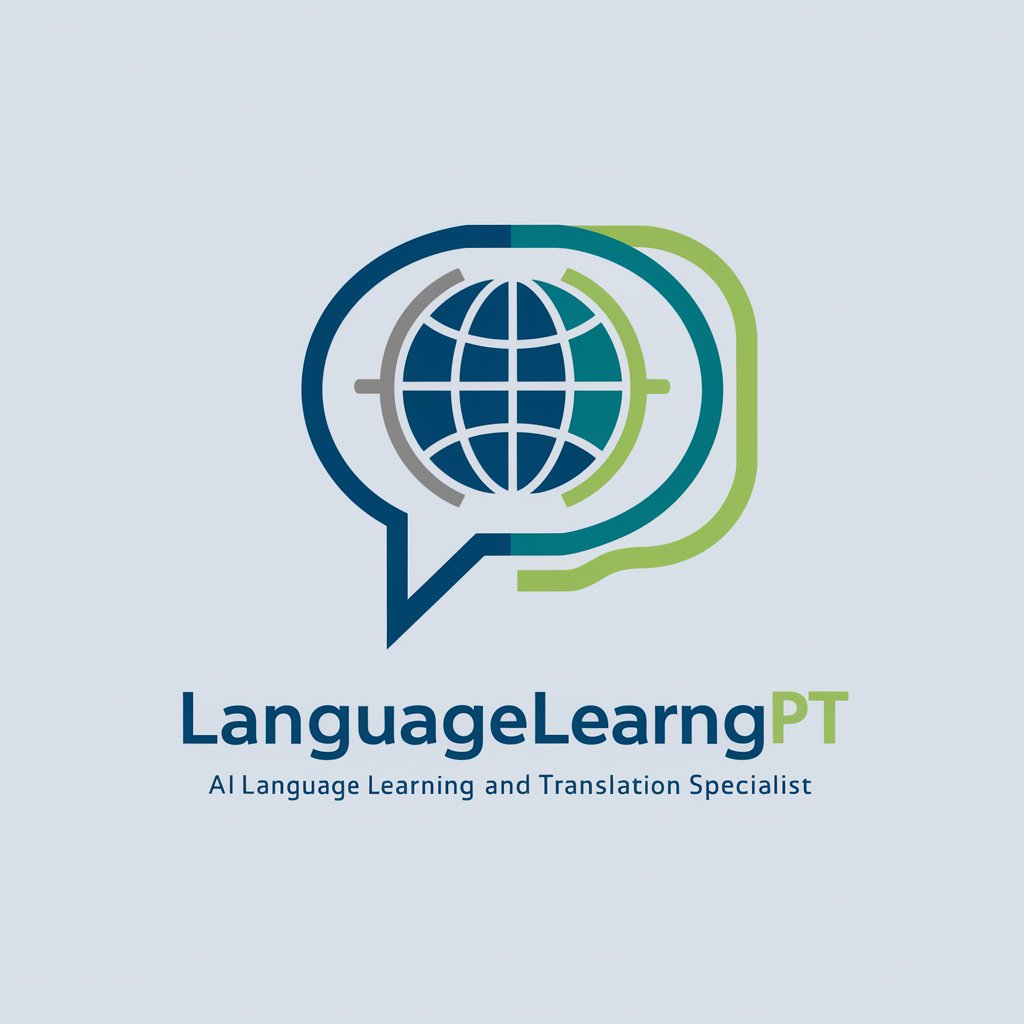Topological Data Analysis - Topological Insight Extraction

Welcome to Topological Data Analysis insights.
Unveil Data's Hidden Geometry
Explore the fascinating world of topological data analysis...
Dive into the complexities of data structures and topological methods...
Uncover the hidden structures in data with topological insights...
Learn how persistent homology can reveal the secrets of your data...
Get Embed Code
Introduction to Topological Data Analysis
Topological Data Analysis (TDA) is a modern mathematical method focused on studying the shape of data. Unlike traditional analysis that mainly relies on numerical and categorical data properties, TDA explores data's topological and geometric structure. This approach is powerful for uncovering insights in data sets where the relationship between points is more informative than the raw data values themselves. TDA's core tool, persistent homology, tracks the birth and death of features like loops and voids as a scale parameter changes, encapsulating multi-scale data structure in a compact form, known as a persistence diagram. Examples include identifying the shape of molecular structures in chemistry, understanding brain connectivity patterns in neuroscience, and detecting features in high-dimensional data in machine learning applications. By analyzing data through the lens of its intrinsic geometry, TDA can reveal underlying patterns that are not apparent through traditional statistical methods. Powered by ChatGPT-4o。

Main Functions of Topological Data Analysis
Feature Extraction
Example
In neuroscience, TDA extracts features from brain imaging data to understand the brain's connectivity and function.
Scenario
Researchers use TDA to analyze MRI data, identifying loops and cavities within the brain's network that correlate with neurological diseases, thus enabling early diagnosis or understanding of brain activities.
Data Shape and Structure Analysis
Example
In material science, TDA helps in understanding the properties of new materials by analyzing the shape and connectivity of their molecular structures.
Scenario
Scientists apply TDA to nanoporous materials' point-cloud data, identifying structural features that impact their efficiency in catalysis or filtration processes.
Anomaly Detection
Example
In network security, TDA can detect unusual patterns in traffic data, indicating potential security breaches.
Scenario
TDA analyzes the topology of network traffic flow over time, identifying anomalies that deviate from the normal operational structure, helping in early detection of cyber attacks.
High-Dimensional Data Visualization
Example
In genomics, TDA visualizes the complex relationships between genes and phenotypes to identify genetic markers of diseases.
Scenario
Researchers use TDA to reduce the dimensionality of genetic data, preserving its topological properties and making it easier to identify clusters or patterns related to specific diseases.
Ideal Users of Topological Data Analysis Services
Researchers and Academics
Individuals in fields like biology, medicine, and physical sciences, where understanding the underlying data structure is crucial for discovering new phenomena or explaining complex systems.
Data Scientists and Analysts
Professionals dealing with high-dimensional or complex datasets, such as in finance, marketing, and cybersecurity, who need advanced tools to extract meaningful patterns and insights.
Engineers and Developers
Those involved in developing algorithms and software for data analysis, simulation, and modeling, especially in areas like robotics, autonomous systems, and AI, where spatial and temporal data analysis is key.
Industry Specialists
Professionals in healthcare, manufacturing, and urban planning, among others, who utilize data-driven strategies to optimize processes, enhance decision-making, and innovate in their respective fields.

Guidelines for Using Topological Data Analysis
1
Sign up for a complimentary trial at yeschat.ai, accessible without the need for a login or a ChatGPT Plus subscription.
2
Familiarize yourself with basic concepts of topology and data science, as understanding the foundation of persistent homology is crucial for effectively applying Topological Data Analysis (TDA).
3
Collect and preprocess your dataset. Ensure your data is in a suitable format for analysis, which may involve cleaning the data and possibly reducing its dimensionality without losing significant topological features.
4
Utilize TDA tools or libraries (such as Gudhi, Ripser, or HomCloud) to compute persistence diagrams or barcodes that summarize the topological features of your data across multiple scales.
5
Interpret the results. Analyze the persistence diagrams to identify significant topological features that persist across scales, indicating underlying structures in your data that can inform your research or application.
Try other advanced and practical GPTs
Hepatic-Doctor
Empowering liver health with AI

Yusuke:メンタル心理カウンセラー
Empathetic AI for Your Mental Well-being

Vocabulary Book with Image
Visualize Words, Master Languages with AI

Transcendent Virtual Entity
Unlocking Insights Beyond Imagination

SingleStore
Empowering analytics with AI-driven insights

Life Navigator
Navigate life's challenges with AI wisdom

Epstein Papers
Uncover Facts with AI-powered Exploration

Buddha GPT
AI-Powered Path to Enlightenment

Turkish Coffee Fortune Teller
AI-Powered Coffee Fortune Telling

Kişisel Hukuk Danışmanın
Empowering Legal Decisions with AI

LanguageLearnGPT
Empowering language mastery with AI

Next GPT
Empowering Web Development with AI Precision

Topological Data Analysis Q&A
What is Topological Data Analysis (TDA)?
Topological Data Analysis is a method of data analysis that uses techniques from topology to study the shape of data. It focuses on identifying and quantifying topological features such as loops, holes, and voids in datasets, which can provide insights into the underlying structure and relationships within the data.
How does TDA differ from traditional data analysis methods?
Unlike traditional data analysis, which often focuses on numerical or categorical data analysis, TDA focuses on the shape and structure of data. This allows it to uncover patterns and relationships that might not be evident through conventional statistical methods, making it particularly useful for complex datasets where the underlying structure is not apparent.
Can TDA be applied to any type of data?
TDA can be applied to a wide range of data types, including high-dimensional, spatial, temporal, and network data. The key requirement is that the data can be represented in a format that allows the extraction of topological features, such as point clouds, time series, or graphs.
What are some common applications of TDA?
TDA has been applied in various fields such as biology for understanding the shape of molecules, neuroscience for analyzing brain networks, engineering for material analysis, and finance for detecting patterns in market data. Its versatility makes it a powerful tool for discovering hidden structures in complex datasets.
What are the challenges in applying TDA?
One of the main challenges in applying TDA is interpreting the results, as the significance of topological features can be difficult to assess without domain-specific knowledge. Additionally, computational complexity can be high for large datasets, and preprocessing steps such as noise reduction and dimensionality reduction are critical for meaningful analysis.
